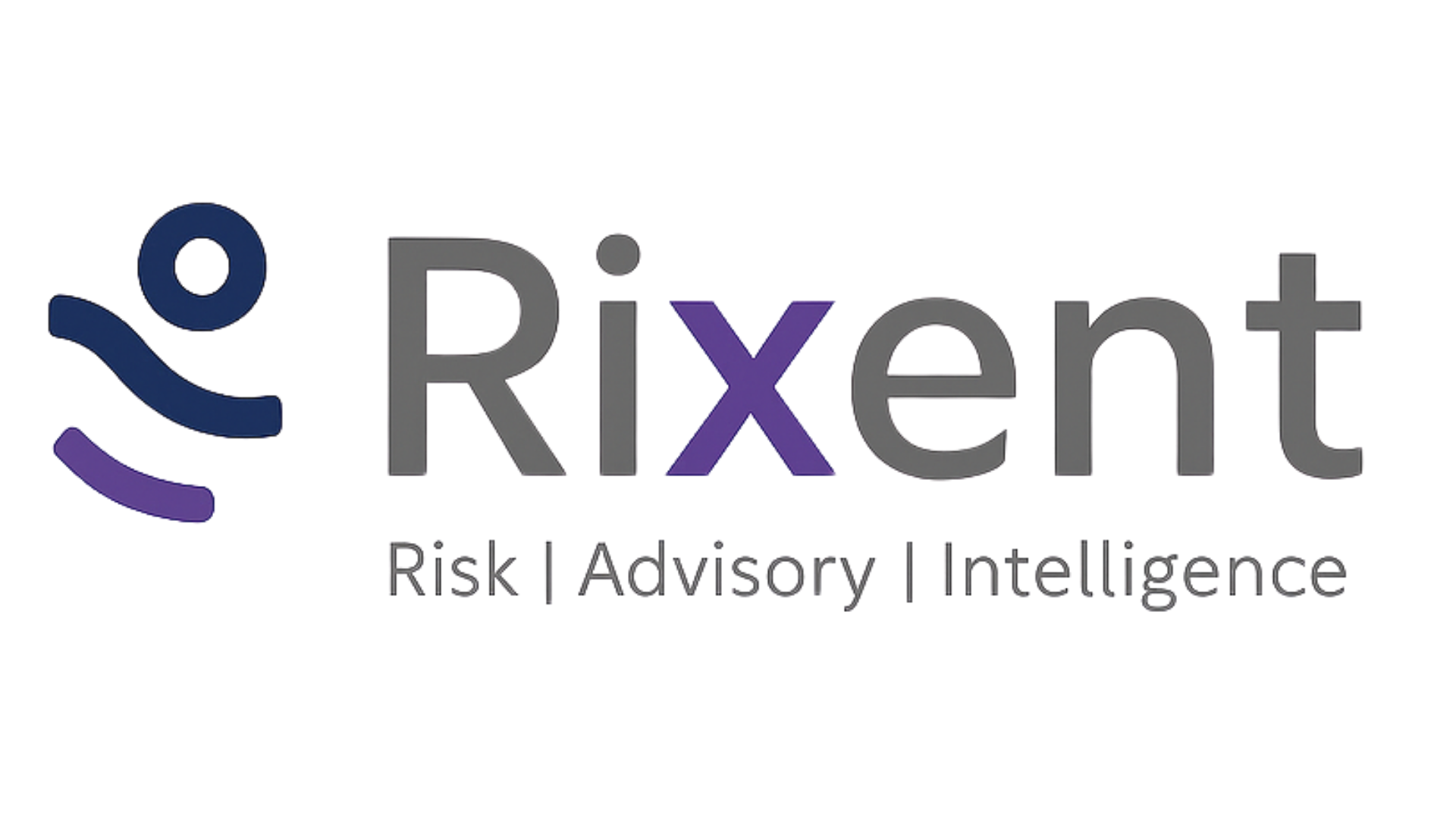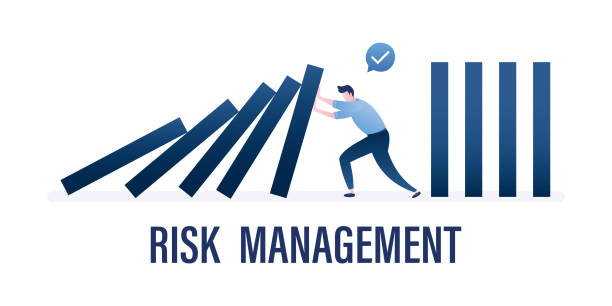Doing More with Less: Smarter Risk Management in a World of Competing Priorities
Security budgets may well be holding steady or nudging upwards, but let’s not kid ourselves — no organisation is sitting on an endless pot of gold for cybersecurity and risk mitigation. The real test lies not in how much is spent, but in how wisely it’s directed. That’s where intelligent risk management earns its keep — not merely as a compliance checkbox, but as a strategic enabler of better business decisions.
While many firms still scatter their defences like confetti — chasing every threat with equal urgency — the more mature ones are shifting focus. They’re aligning risk priorities with business value, moving away from blanket controls towards targeted action where it counts.
Step One: Stop Treating Risk Like a Silo
Too often, cybersecurity is boxed into the IT department like an inconvenient relative. But in the modern enterprise, risk weaves through everything — contracts, cash flow, reputation, operations, and compliance. So why isolate it?
A more effective approach is to bring risk to the big table. Establish a Risk and Security Oversight Board — or something to that effect. It doesn’t need a gavel and robes, just a functional group of decision-makers who understand where the organisation bleeds value when things go wrong.
Finance, Legal, Operations, HR — these are not side characters in the risk story. They are co-authors. When these teams align around a shared risk register, based on real business impact rather than speculative scare stories, your mitigation efforts become sharper, more defendable, and frankly, more affordable.
Step Two: Get the Business to Tell You What Hurts
If setting up a board sounds like herding cats, at the very least speak to the parts of the business that field the consequences when things go awry. You’ll often get more honest answers from Legal or Sales than from your IT team (no offence, techies). They tend to cut through jargon and spotlight what actually puts revenue, reputation, or regulatory compliance at risk.
In one recent case, the IT team was obsessing over SOC audit controls — all very noble. But a quiet chat with the client’s legal advisor revealed the real concern: how outsourcing would impact their relationship with a defence sector client. In other words, the risk wasn’t abstract — it was contract-bound and client-critical.
Once this surfaced, priorities shifted. Rather than polishing generic frameworks, the team designed data flow monitoring tailored to that client’s sensitivities. It wasn’t just risk reduction — it was risk made relevant.
Closing Thought
Risk management isn’t about defending every square inch — it’s about knowing where the fire is most likely to start, and keeping the extinguisher within arm’s reach. Done properly, it helps your limited resources punch far above their weight, earns trust from stakeholders, and — with any luck — helps you sleep a little better at night.
[/fusion_text][/fusion_builder_column][/fusion_builder_row][/fusion_builder_container][fusion_builder_container hundred_percent=”yes” overflow=”visible” type=”legacy”][fusion_builder_row][fusion_builder_column type=”1_1″ layout=”1_1″ background_position=”left top” background_color=”” border_color=”” border_style=”solid” spacing=”yes” background_image=”” background_repeat=”no-repeat” padding_top=”” padding_right=”” padding_bottom=”” padding_left=”” margin_top=”0px” margin_bottom=”0px” class=”” id=”” animation_type=”” animation_speed=”0.3″ animation_direction=”left” hide_on_mobile=”no” center_content=”no” min_height=”none” align_self=”flex-start” border_sizes_undefined=”” first=”true” last=”true” hover_type=”none” link=”” border_position=”all”][fusion_text][Are you getting the most out of your security data? See 8 Effective Data Visualization Methods For Security Teams.]
Map Risk To A Business Bloodline
What’s the business bloodline for your company? In other words, what are the areas of the business for which security threats could truly disrupt the way in which the organization operates? This is exceedingly important to determine — and one that second opinion should help deliver. Once you figure that out, start mapping technical elements to it in order to understand what kind of events could do the organization the most harm, says Amichai Shulman, chief technology officer for Imperva.
“For some companies, a POS system or its database full of credit cards may be its most valuable assets; for some it may be Social Security numbers and the personal information attached,” he says. “For a company that bases its livelihood on transactions and uptime, the loss of revenue or customer loyalty caused by a DDoS could be devastating.”
Communicate Risk Visually
A big part of risk management is communicating identified risks both up to senior management and down to the security managers who will put practices in place to mitigate them. One of the most effective ways to do that is to make those results visual.
“Pursuing risk management purely within security can help you make better decisions, but it can’t help you get the right level of funding unless you can show people outside what you’re doing,” says Mike Lloyd, chief technology officer for RedSeal Networks. “Helping executives outside to understand is hard. Doing this with formulae won’t work — you will need pictures.”
For example, Rick Howard, chief security officer for Palo Alto Networks, says that any time he starts a proposal to the executive suite, he begins with a business heat map that shows the top 10 to 15 business risks to the company on a grid. Typically cyber-risk is in that top 15, which makes it easier to get the company to address those risks more fully.
“Once that is done, I like to build a risk heat map just for cyber,” he says. “I take the one bullet on the business heat map and blow it up to show all of the cyber-risks that we track. Again, this is not technical — it is an overview. We are not trying to show the 1,000 potential ways that an adversary can get into the network. We want to show the C-suite who the adversary is.”
Source Ericka Chickowski – Dark Reading Blog











